
Northpass is now Gainsight Customer Education.
For all of the latest on our customer onboarding and training solutions, check out Skilljar by Gainsight.
The Ultimate Guide to Customer Onboarding Software
Additional Resources on Customer Onboarding Software
Ready to Rumble? Let's Find Your LMS.
Download this Customer Education RFP to find the perfect LMS to power your program.

.png?width=3251&height=1107&name=NP_ByGS_ColorLogo%20(1).png)
